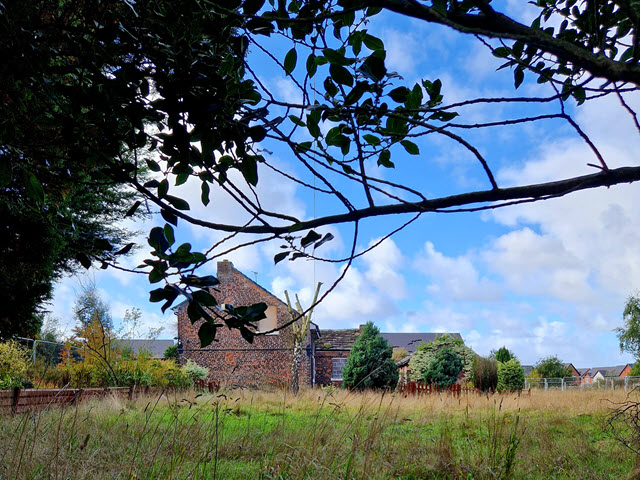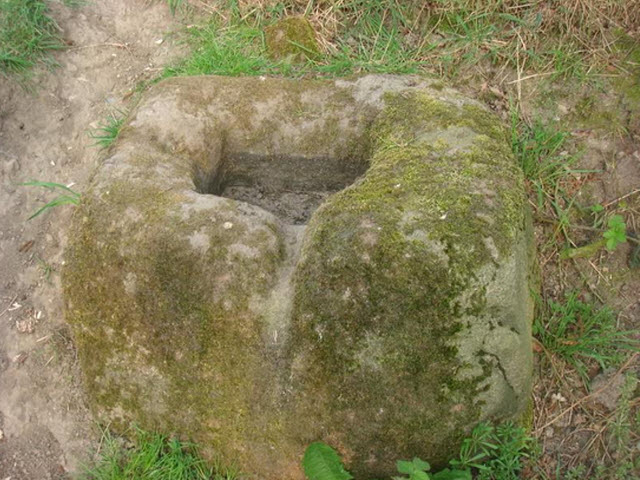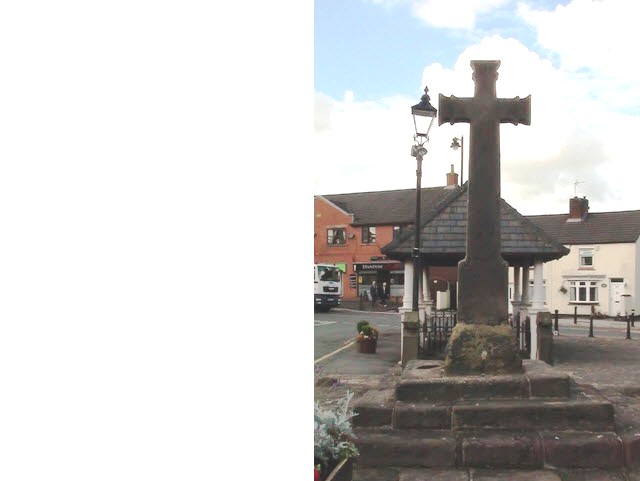Boars Head Railway Station
Wigan Rd, Standish, Wigan, WN6 0AD, Standish
Part of Group:
At Risk: No
Description
If you had looked over the north side of Boars Head bridge just after World War 2 this is the scene that would have greeted you, Boars Head Station. The photographer has got his back to the Boars Head pub. The two tracks on the left are the main London to Glasgow west coast main line, a double track branch line veers away to the right and the railway bridge on Chorley Rd can be seen top left.
Boars Head station was situated on what had evolved at that time into the London & North Western Railways Anglo-Scottish Route (the West Coast Main Line) at a point where the Lancashire & Yorkshire Railway Company and the Lancashire Union Railways Joint line formed a junction.
The Joint line was constructed because Wigan coal owners wanted better transportation links to the mills and factories of north east Lancashire. From Boars Head the line went via the viaduct over the Douglas Valley to two new stations at Red Rock and White Bear at Adlington then onto Chorley. From Chorley, it went through Brinscall, Withnell and Abbey Village before meeting the L&Y Railway at Cherry Tree Junction near Feniscowles, giving access to Blackburn and east Lancashire.
This line is not to be confused with the Whelley Loop line that left the main West Coast line at Standish Junction then went over the twenty bridges viaduct heading to the south of Wigan.
Boars Head station opened on 1 December 1869, one month after the Joint Line began operating goods services. It had four platforms, two served the Main line and two the Joint line. Between the two lines and the junction stood the main station, a two story stone building which stood on what effectively was an island platform which served the southbound main line and the northbound joint line.
All platforms were connected by a footbridge at the south end of the station. Slopes connected the station to Wigan Lane which crossed the line by an over bridge. Single story waiting facilities were provided on the northbound main line and the southbound joint line. A signal box that controlled the junction was located on the island platform south of the main station building.
The Joint Line passed to Lancashire & Yorkshire and London & North Western Railways ownership on 1st October 1883. Then coming under sole ownership of the L&NWR on 1 Jan 1922 before passing to the London Midland Scottish in 1923.
Under the ownership of British Railways, Boars Head station survived for only 13 months. It closed on 31st January 1949, exactly 80 years after opening, and was demolished soon after closure. The signal box remained working as the Joint Line continued in use for passenger services to Chorley until 1960 and for goods services up until 5 October 1971 when it closed completely.
During it’s final years before closure in the early 70’s the Joint Line had become a single track. The signal box was closed and demolished when the West Coast Main Line was electrified in the early 1970's. The track bed was removed from the nearby viaduct, leaving just the brick pillars protruding into the sky, leading them to be nicknamed the dominoes.
Today, to the casual observer, there is no sign of a station ever having existed. On closer inspection the stumps of steel girders that once supported the signal box can found in the undergrowth and the bed of the main line platform can be made out.
G Taylor - 2021
Source: Disused stations site record, Railmaponline




